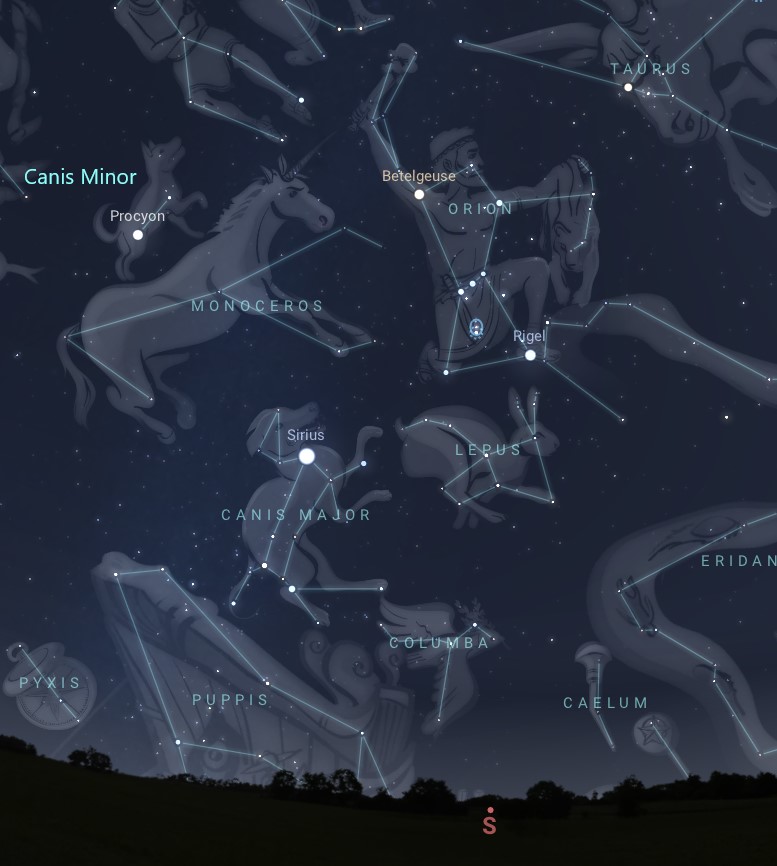LOOK BEFORE YOU LEAP LEPUS
In my long career as a Park Ranger, I have had the privilege of having a lot of friends, and one of my colleagues happened to be a Leap Baby, being born on February 29, 1964. If I remember correctly, we gave him a gag 10-year-old birthday card when he turned 40. I was secretly hoping for one of my own children to be born a few days early so she too could have this distinction, but she ended up arriving right on her due date.
Such fun aside, adding an extra day every four years serves an important purpose. The Earth actually takes about 365 days PLUS a little less than 6 hours to revolve around the Sun, so without the leap year, the calendar would eventually get way out of whack, with summer taking place in December, winter in July, and so on. In order to correct for the small discrepancy of a few minutes less than 6 hours at the end of the year, century years whose first two digits are divisible by four are leap years, for example 2000. Possibly one or two of my youngest readers will make it to the year 2100, which will not be a leap year.
Since we will be experiencing Leap Day at the end of this month, I thought it would be fun to discuss a similarly named constellation, Lepus, the Hare. Although its stars are not particularly bright, Lepus is easy to find, being located near the figure of the Orion, the mighty hunter of the sky.

Facing south, February early evenings. Courtesy of Stellarium
I have written about Orion and its accompanying constellations several times in this blog, including the January 2020, February 2020, March 2020, and March 2022 editions, but have never mentioned Lepus until now. The brighter stars of Orion form a rectangle, with the three stars of the belt inside. The stars forming Orion’s head, club, and lion-skin shield are much dimmer and require binoculars if you are close to the city or better yet, a dark country site. Lepus is easily found just underneath Orion’s feet. From my home around 20 miles from downtown St. Louis, on a cold, very clear night, only the four slightly brighter stars forming the Hare’s head and front part can be seen with the naked eye, but you can use binoculars to trace out the full figure. Unlike many constellations, with some imagination, you really can imagine a hare crouching in the grass, perhaps terrified of Orion and its hunting dogs Canis Major & Minor (both shown on the chart) hunting it down.
Excitement is building for the April 8 solar eclipse, which will be total within 30 miles of the Gateway Arch. Gateway Arch National Park will be presenting two Eclipse Education programs at 2 pm on March 10 and March 23, with the first date recommended for kids 4-13 and their families, and the second for a general audience. Children can earn a special Eclipse Explorer Junior Ranger badge. Reservations are recommended- e-mail richard_fefferman@nps.gov or call 314-655-1704 in order to make arrangements.
